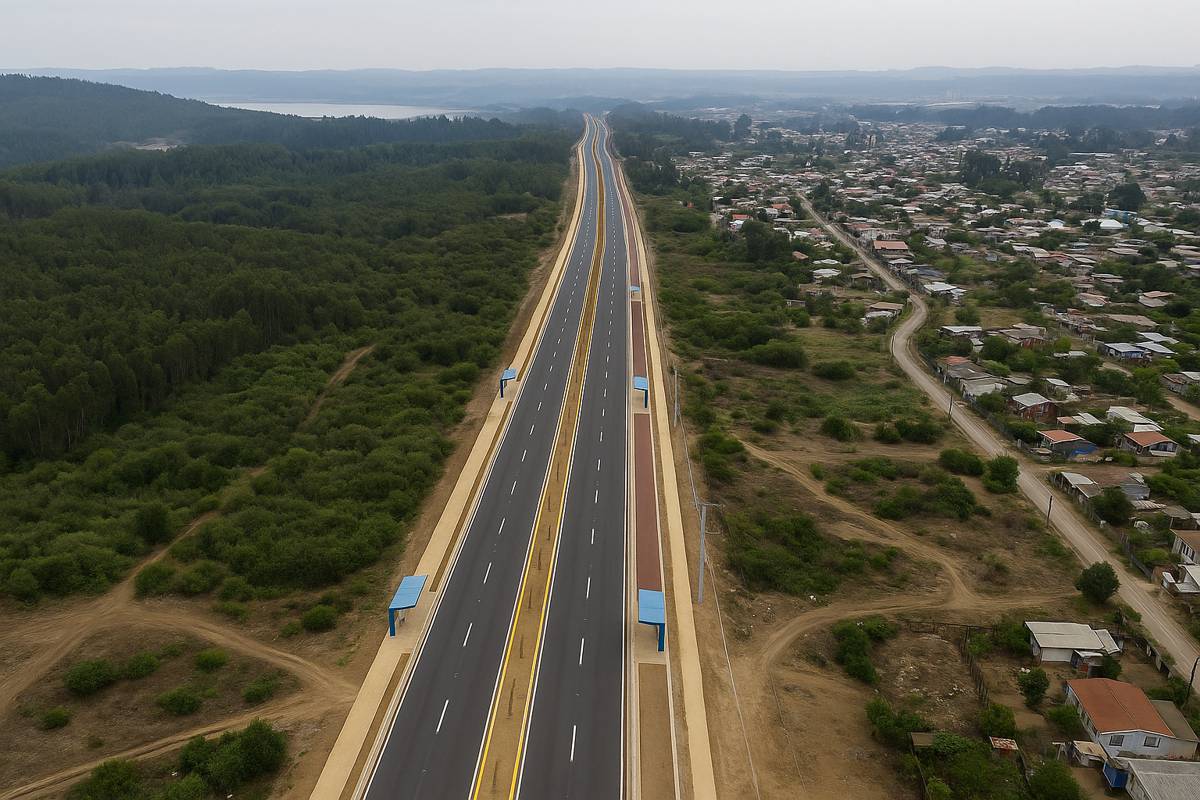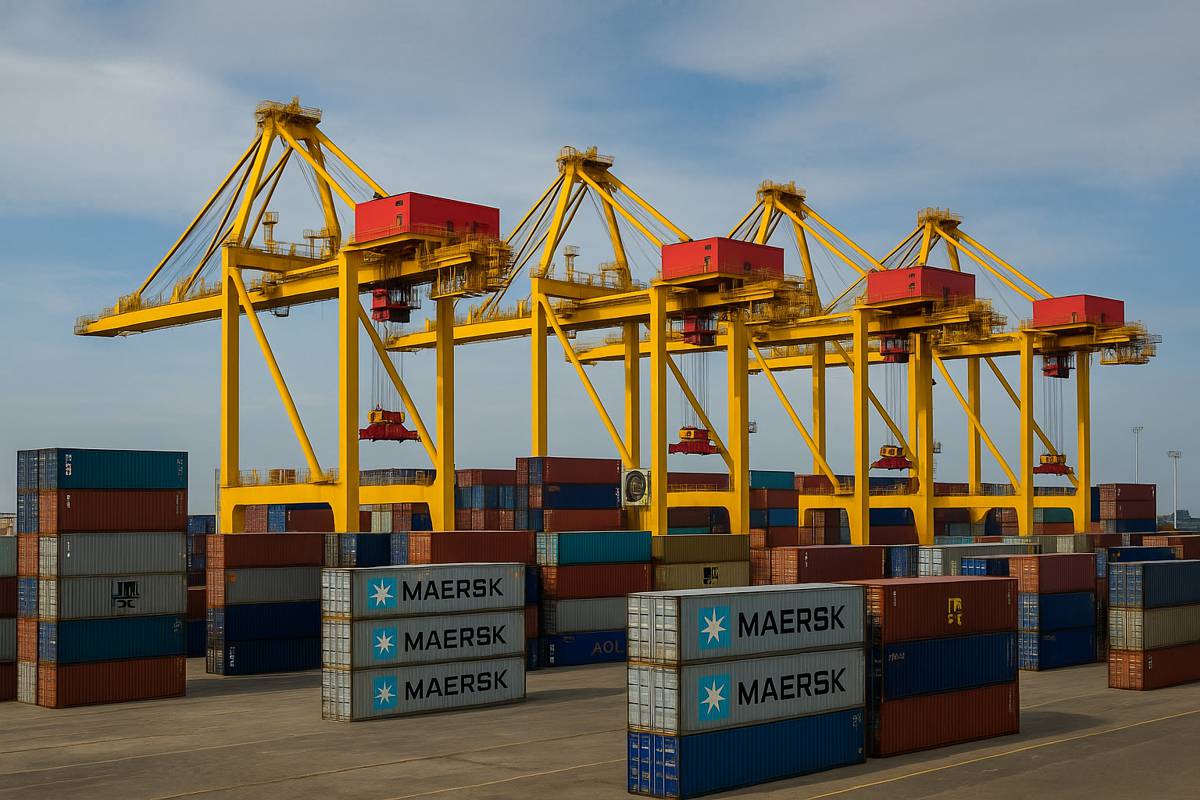A Comprehensive Analysis of the Economic Impact of Highway Construction
Highway construction projects represent significant infrastructure investments that ripple through local and regional economies. Understanding these impacts helps communities, businesses, and residents better prepare for and capitalize on these developments.
The economic implications extend far beyond the immediate construction phase, creating lasting changes in regional development patterns and economic opportunities.
Immediate Economic Effects
Highway construction creates an immediate surge in local employment opportunities. Construction companies hire workers, equipment operators, and support staff, while engineering firms bring in specialists and project managers. This direct employment boost typically represents 15-20% of the project’s total budget in wages and benefits. For a typical $100 million highway project, approximately $15-20 million in direct wages flow into the local economy.
Beyond direct employment, the construction phase drives demand for local services. Hotels accommodate out-of-town workers, restaurants see an increase in orders and equipment rental companies experience higher utilization rates. Local material suppliers benefit from orders for concrete, asphalt, and other construction materials. This secondary economic impact often generates an additional 30-40% of the project value in local economic activity through the multiplier effect.
The construction phase also stimulates technical and professional service sectors. Surveying companies, environmental consultants, quality control laboratories, and engineering firms experience increased demand. These high-skilled positions typically command premium wages, further enriching the local economic ecosystem.
Long-term Economic Benefits
The completion of highway infrastructure delivers lasting economic advantages to communities. Improved connectivity reduces transportation costs for businesses, enabling more efficient supply chain operations and expanded market access. Studies show that regions with enhanced highway access typically experience a 7-12% increase in business productivity within five years of project completion.
Property prices often rise in areas with improved highway access. Commercial properties near new highway exits can see a value appreciation of 15-30%, while residential properties may experience a more modest but significant raise of 5-10%. This appreciation expands the local tax base, providing additional resources for community services and further infrastructure improvements.
The enhanced connectivity also attracts new industrial and commercial development. Distribution centres, manufacturing facilities, and retail complexes often cluster around new highway infrastructure, creating permanent employment opportunities and diversifying the local economy. These developments can generate substantial ongoing tax revenue and create thousands of permanent jobs.
Community Adaptation During Construction
While long-term benefits are substantial, communities must navigate the temporary disruptions during construction. Residents near construction zones may face access restrictions, increased traffic congestion, construction noise, and temporary utility service interruptions. These challenges can impact daily routines and create additional expenses for affected households.
During these challenging periods, some residents and businesses may require financial support to cover additional costs, such as increased commuting expenses or temporary reductions in income due to business slowdowns. In these cases, loans or short-term financial products can offer a helpful solution. For example, residents may turn to lenders like CreditNinja or similar services for quick access to funds to help manage these short-term challenges.
In addition to individual loans, many communities implement broader support programs to help businesses and residents weather the construction phase. These may include temporary tax relief, small business grants, or even subsidized transportation options to reduce commuting costs. Such initiatives are designed to provide some financial relief, ensuring that the impact of construction disruptions is minimized for those affected.
Business Impact Management
Successful highway projects include comprehensive strategies to minimize negative impacts on local businesses. These strategies typically involve phased construction approaches that maintain access to business districts, clear signage and communication about alternate routes, marketing support for affected business districts, and temporary tax relief or business assistance programs.
Project managers often work with business improvement districts and chambers of commerce to develop customized support programs. These might include promotional campaigns, special events, or temporary parking solutions to maintain customer access during construction. Successful programs have demonstrated the ability to help businesses maintain 80-90% of their normal revenue during construction phases.
Economic Development Opportunities
Highway construction often catalyses new economic development opportunities. Improved access attracts new businesses, particularly in the logistics, retail, and service sectors. Communities can maximize these opportunities through strategic land-use planning, development of supporting infrastructure, creation of business-friendly zoning policies, and implementation of economic development incentives.
Successful communities often create comprehensive development plans for highway corridors, incorporating mixed-use developments, technology parks, and logistics hubs. These planned developments can generate significant long-term employment and tax revenue while maintaining community character and environmental quality.
Regional Economic Integration
New highway infrastructure strengthens regional economic integration by expanding labour market access and business service areas. This enhanced connectivity typically results in a 5-8% increase in regional labour market efficiency. Workers gain access to more employment opportunities, while businesses can recruit from a larger talent pool.
The improved regional integration also facilitates business-to-business relationships, enabling more efficient supply chains and creating opportunities for regional business clusters. These clusters often develop around specific industries or technologies, creating centres of excellence that attract additional investment and talent.
Environmental and Social Considerations
Modern highway projects must balance economic benefits with environmental and social impacts through sustainable construction practices, noise reduction measures, green infrastructure & community-focused design elements. These considerations often require additional investment but generate long-term benefits through reduced environmental impacts and enhanced community acceptance.
Cost-Benefit Analysis
Comprehensive economic analysis of highway projects considers multiple factors including construction costs, maintenance requirements, time savings, safety improvements, environmental impacts, and quality of life factors. Studies indicate that well-planned highway projects typically deliver $3-7 in economic benefits for every dollar invested over their lifecycle.
The analysis must also consider indirect benefits such as improved emergency response times, reduced vehicle operating costs, and enhanced public safety. These factors contribute significantly to the overall economic value of highway infrastructure investments.
Future Economic Implications
Highway infrastructure investments have shaped economic development patterns for decades, requiring careful consideration of future trends including changes in transportation technology, shifts in population and employment patterns, the evolution of supply chain needs, and environmental sustainability requirements. Successful projects incorporate flexibility to accommodate emerging technologies and changing transportation patterns.
The rise of electric vehicles necessitates planning for charging infrastructure along highway corridors, while the potential growth of autonomous vehicles may require specialized lanes or communication systems. Smart road technologies, including embedded sensors and real-time traffic management systems, are becoming essential components of modern highway infrastructure, driving the need for digital connectivity integration.
Demographic shifts toward remote work and suburban expansion are changing traditional commuting patterns, requiring highway systems that can adapt to varied peak travel times and directional flows. The growth of e-commerce continues to reshape logistics networks, demanding more sophisticated interchange designs and increased capacity for last-mile delivery vehicles.
Long-term Economic Benefits
Highway construction projects represent complex economic catalysts that transform local and regional economies. While construction phases present temporary challenges, well-planned projects deliver substantial long-term economic benefits through improved connectivity, increased property values, and enhanced business opportunities.
Success requires careful planning, strong community engagement, and strategic economic development initiatives to maximize positive impacts while minimizing disruptions.





















